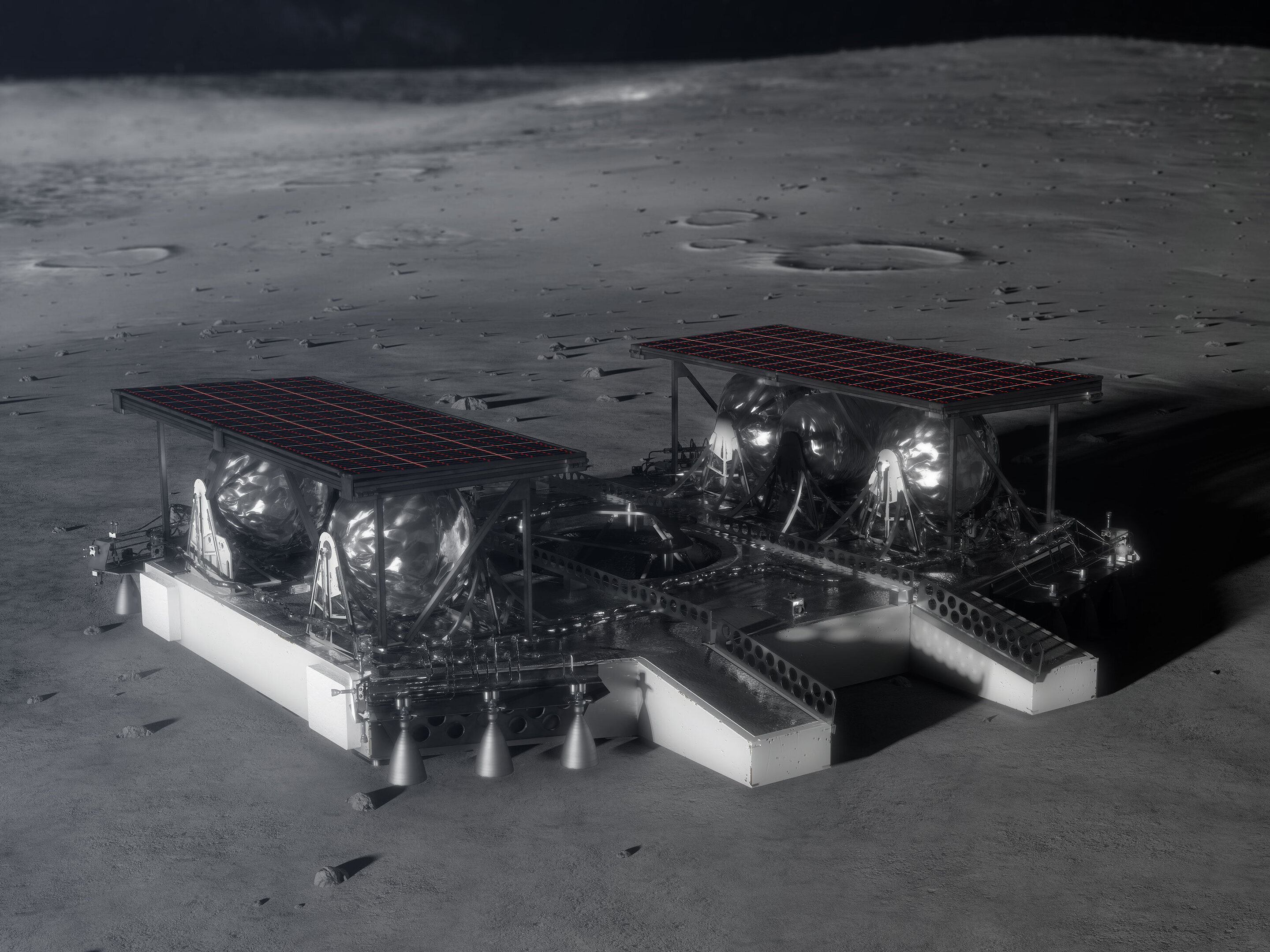
NASA already has plans to send one rover to the moon, but with the upcoming Artemis mission, the agency is planning other lunar explorers including a mid-sized lander. It unveiled its plans for an as-yet-unnamed lander that could deliver a rover to the polar regions of the moon, where it is thought that water ice is located.
“This lander was designed with simplicity in mind to deliver a 300-kilogram rover to a lunar pole,” Logan Kennedy, the project’s lead systems engineer at NASA’s Marshall Space Flight Center said in a statement. “We used single string systems, minimal mechanisms and existing technology to reduce complexity, though advancements in precision landing were planned to avoid hazards and to benefit rover operations. We keep the rover alive through transit and landing so it can go do its job.”
The lander would be delivered via NASA’s Commercial Lunar Payload Services program, which contracts private companies to provide transportation services between earth and the moon. NASA has already announced that it plans to use a private company to deliver the VIPER rover which will hunt for lunar ice to the moon in around 2022, as part of its plans to cut the cost of space travel by commercializing aspects of the logistics.
Last month, NASA announced it had selected nine more companies to assist with future lunar missions, including SpaceX and Blue Origin as well as smaller U.S. companies like Ceres Robotics and Tyvak Nano-Satellite Systems. The companies will begin delivering equipment to the moon beginning in 2021, likely including lunar rovers which are important for scouting the lunar surface.
Even with commercial partners, delivering landers to the moon is still a challenge. That’s why the new lander concept is designed to be as light as possible, though with rocket developments, the weight that can be delivered to the moon is gradually increasing.
“As robotic lunar landers grow to accommodate larger payloads, simple but high-performing landers with a contiguous payload volume will be needed,” Kennedy said. “This concept was developed by a diverse team of people over many years and meets that need. We hope that other lander designers can benefit from our work.”
Editors' Recommendations
- It’s one giant leap for fashion as Prada spacesuits head to the moon
- NASA’s InSight lander detects ‘monster quake’ on Mars
- NASA has a plan to fix Lucy spacecraft’s solar array problem
- NASA’s high-tech lunar backpack aims to map surface of moon
- NASA’s new moon rocket to depart launchpad after failed test




